Mark Edlund at Clarity Home Loans says you also need to know what other expenses your home loan will need to cover. Photo: Michelle Kroll.
If you’re getting ready to buy a home, you will want to have an accurate sense of what your home loan expenses will be. We spoke to Mark Edlund, Managing Director of Clarity Financial to find out what you should take into consideration.
1. Before you start looking, find out what your likely borrowing capacity will be
It’s tempting to find a house you like and then try to calculate the home loan costs from there. But Mark advises that it’s better to be realistic to avoid disappointment.
“Unfortunately, as interest rates have gone up, you might find that your borrowing capacity is lower than you may have expected. We encourage people to go in and have a sit down discussion with an advisor to get a realistic sense of what they can borrow before they start looking.”
Another thing to consider is what is affordable for you.
“I encourage people to look at what they’re currently spending on rent, and then work backwards to see what that would be as a repayment on a home loan, in terms of the property price. Then they can consider, well, can I reasonably afford to be paying more than that, and what changes do I need to make to my budget to achieve that,” Mark says.
It’s also important to get your finances in order before meeting with the lender. “Sort out any credit card debt you have, try and limit unnecessary spending and cancel any memberships or subscriptions you don’t need,” Mark suggests.
2. Understand what is included in home loan repayments
Before you can calculate your repayments, you need to know what your home loan makeup will be. Remember, as well as the purchase price of the property, you need to consider stamp duty, the legal costs associated, and also the size of your deposit.
Mark says the first thing you need to know is if you’re eligible for any grants or concessions.
“For example, if you’re in the ACT and a first home-buyer, you may not have to pay stamp duty upfront.”
There are other concessions available for first home-owners as well, depending on the State or Territory.
In addition, work out what deposit you’re able to put down, and have a look at what the standard interest rate currently is and what your repayments will look like if if rates go up.
The Australian Prudential Regulation Authority (APRA) recommends a buffer of three per cent, meaning lenders calculate whether a borrower could comfortably meet repayments if the interest rate on the loan was three percentage points higher at the time the loan is granted
Finally, you’ll need to consider legal fees, which may be a few thousand dollars. It may be worth checking with a conveyancer or lawyer to get an idea of what your purchase will involve.
3. Use a home loan calculator
“We really encourage people to use a home loan calculator, such as a free one we have available on the Clarity Financial website,” Mark says.
“The calculator takes your expected property purchase price, deposit percentage and the going interest rate to give you an estimated repayment amount. It can take some of the guess work out of it.”




















